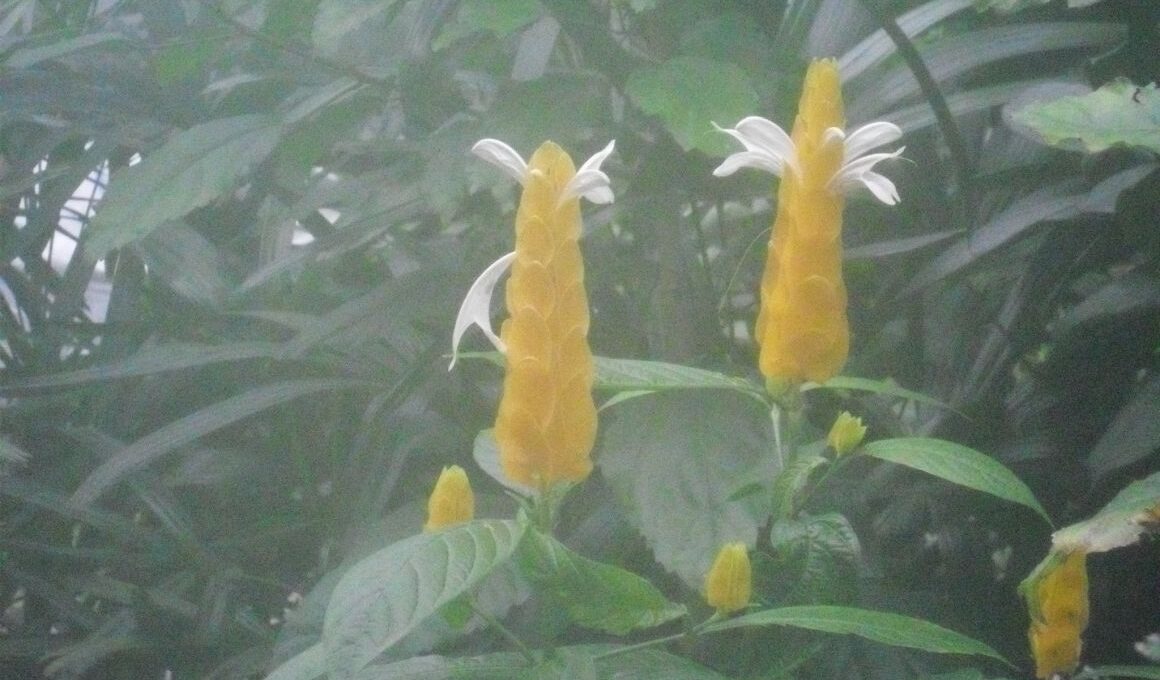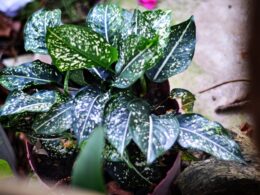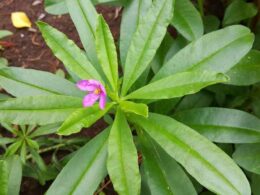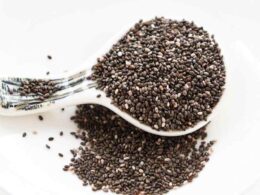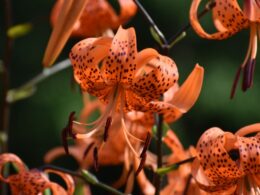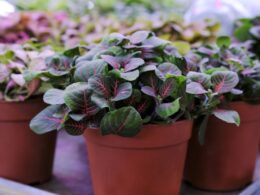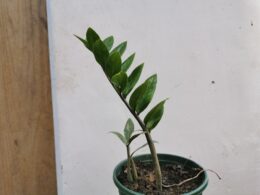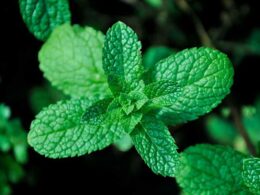What Is a Goldfish Plant?
The goldfish plant is a beautiful and unique houseplant that gets its name from its flowers, which resemble goldfish swimming in a pond. Native to tropical regions of Central and South America, the goldfish plant thrives in warm, humid environments. It’s an easy plant to care for, and makes an excellent addition to any indoor garden.
The goldfish plant is a member of the genus Columnea, which includes around 200 different species of plants. Most Columnea plants are vines or shrubs, but the goldfish plant is a compact, woody perennial that typically grows to about 12 inches tall. The leaves are dark green and leathery, with a network of veins that give them a textured appearance.
Watering the Goldfish Plant
The goldfish plant is a tropical succulent that is native to Mexico and Costa Rica. These plants are easy to care for and make an excellent addition to any indoor jungle. When it comes to watering, the golden rule is to always err on the side of underwatering. These plants may be drought-tolerant and can go without water for quite a long time when humid. In fact, too much water is one of the most common causes of death for goldfish plants. Allow the soil to completely dry out before watering again. Twice a week in the summer, and once every two weeks in the winter, should be sufficient in most cases. Keep an eye on your plant and adjust accordingly.
Humidity and Temperature for the Goldfish Plant
The goldfish plant also known as the lipstick plant, is a beautiful tropical plant that is native to Brazil and Costa Rica. This plant gets its name from its bright red, fish-shaped flowers. The goldfish plant is a low-maintenance plant that does best in humid and warm conditions. It prefers bright indirect light, but can tolerate lower light levels.
To keep the soil moist, water regularly and mist the leaves occasionally. The goldfish plant is not tolerant of cold temperatures, so be sure to bring it indoors if the temperature drops below 60 degrees Fahrenheit. The ideal room temperature is 65 to 75 F. With proper goldfish plant care, your beauty will thrive and produce an abundance of beautiful flowers.
Potting, Repotting & Soil Selection
The goldfish plant is a relatively easy plant to care for, but it does require occasional repotting and potting. When repotting the goldfish plant, it is important to choose the right type of soil. The best soil for the goldfish plant is a well-draining potting mix that contains perlite or vermiculite. The goldfish plant should be repotted every two to three years, and it should be potted up one size larger each time.
Propagating Goldfish Plant
Goldfish plants are beautiful, unique houseplants that are perfect for adding a touch of personality to any space. Though they’re often seen as finicky and difficult to care for, goldfish plants are actually quite easy to propagate. The best way to propagate goldfish plants is by rooting stem cuttings in water.
- First, fill a glass or jar with fresh, room-temperature water.
- Next, use a sharp knife or a pair of scissors to take a 6-8 inch cutting from a healthy goldfish plant.
- Make sure to remove any leaves from the lower half of the cutting.
- Finally, place the cutting in the water and wait for it to root.
In just a few weeks, you’ll have a new goldfish plant to add to your collection! More goldfish plant care tips? Read on!
Common Problems of Columnea Gloriosa
Goldfish plants are a popular choice for aquariums and fish tanks due to their low maintenance needs and their ability to tolerate a wide range of water conditions. However, like all plants, goldfish plants can occasionally be affected by problems, diseases, and pests.
Leaf Drop
One of the most common problems is leaf drop, which occurs when the leaves of the plant begin to fall off. This can be caused by a variety of factors, including poor water quality, nutrient deficiencies, or too much light. If your goldfish plant is experiencing leaf drop, try adjusting its environment and see if that makes a difference. Another common issue is yellowing leaves, which can be caused by a lack of nutrients or too much direct sunlight. If you notice your goldfish plant’s leaves turning yellow, try fertilizing it and/or moving it to a location with indirect light.
Pests
Pests are also a common problem for goldfish plant care. The most common pests are aphids, mealybugs, and spider mites. These pests can cause damage to the leaves of the plant and may even lead to leaf drop. If you notice any of these pests on your goldfish plant, be sure to treat them right away. There are a variety of ways to get rid of pests, including using insecticidal soap or neem oil.
Root Rot
Finally, another common issue with goldfish plants is root rot. Root rot occurs when the roots of the plant become waterlogged and begin to decay. This can be caused by overwatering or planting the goldfish plant in a pot that doesn’t have adequate drainage. If you think your goldfish plant has root rot, try repotting it in a new pot with well-draining soil.
Goldfish Plant Care Tips in a Nutshell
The goldfish plant is a beautiful, easy-to-care-for houseplant that gets its name from its distinctive flowers, which resemble goldfish swimming in a pond. Goldfish plants are typically grown as houseplants, but can also be grown outdoors in warm climates. Here are a few tips for caring for your goldfish plant:
- Place the plant in bright, indirect sunlight.
- Water the plant when the soil is dry to the touch.
- Apply a balanced fertilizer every 2-3 weeks during the growing season.
- Pinch back the stems to encourage bushier growth.
- Remove spent flowers to keep the plant looking its best.
With proper care, your goldfish plant will thrive and produce an abundance of beautiful flowers. Follow these simple goldfish plant care tips and enjoy this tropical beauty in your home for many years to come!





